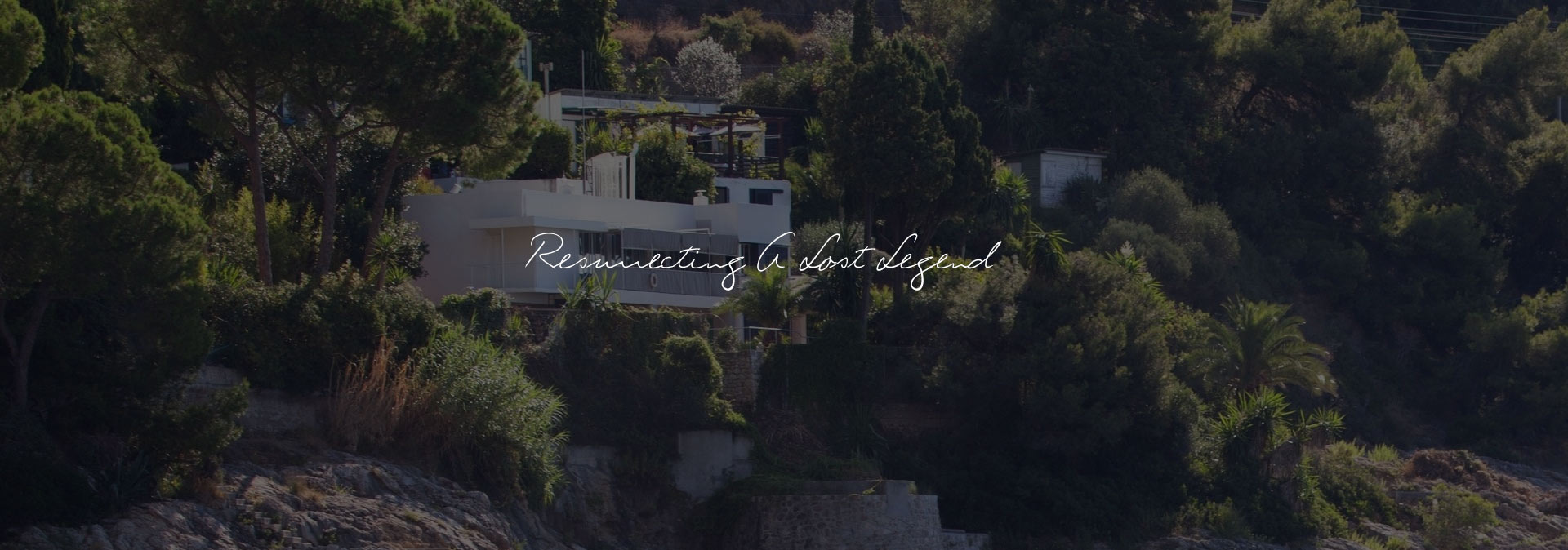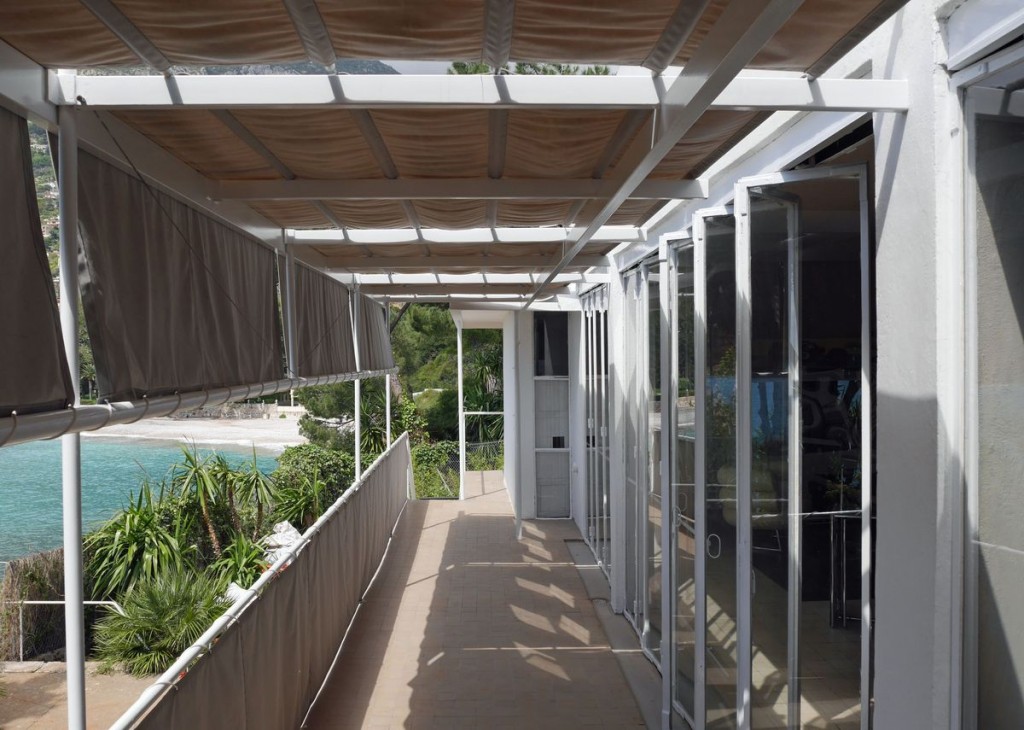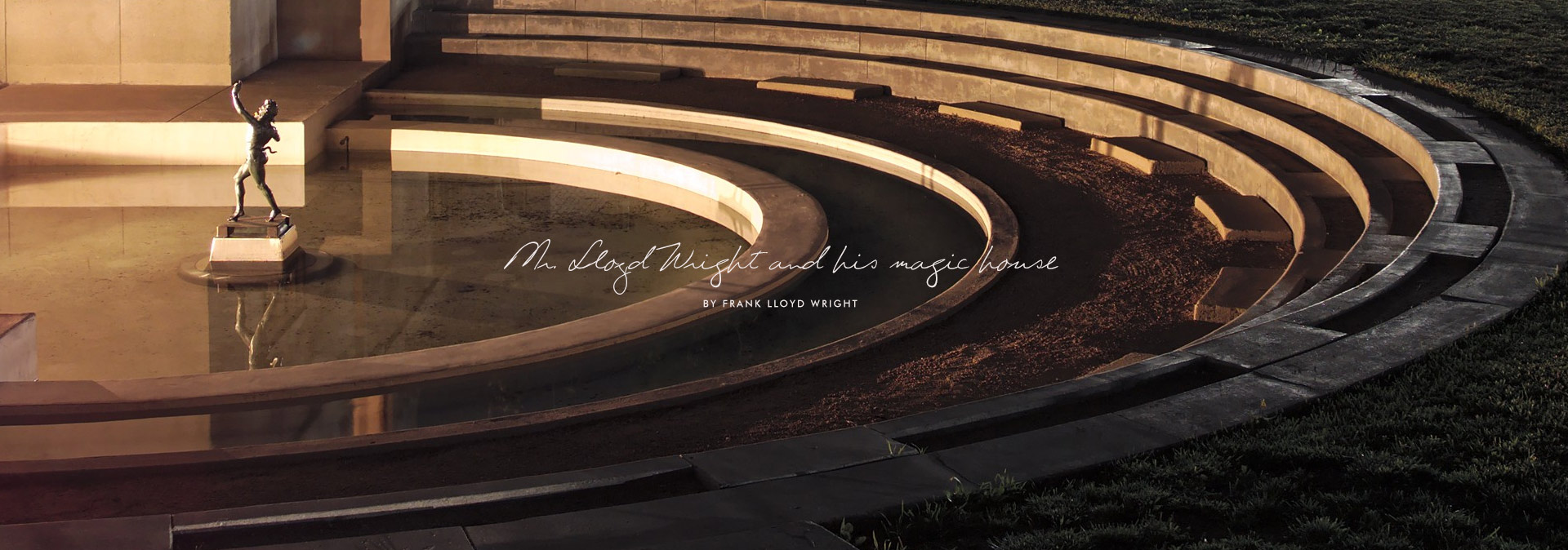Situated on a cliff in Roquebrune-Cap-Martin, featuring astonishing views over the Mediterranean, sits the legendary E1027. Inaccessible and overrun by decay, it had witnessed wartime shootings, murder and artistic vandalism. Although never quite forgotten, some thought it might never fully recover. However, after extensive restorations and to great fanfare, it was finally brought back to life and reopened to the public last year.
E1027 was the first architectural work of the designer Eileen Gray, completed in 1929 when she was 51 years old. Encouraged by her admirer and lover Jean Badovici, it was her first piece of architectural work and built to be the couple’s own home. It was a pioneering and accomplished work of modern architecture, avant-garde in its functionalism. Obsessed, she couldn’t stop thinking about how people live their lives. How do people sit? How do people dress? How do they eat, sleep and read? From these fresh ideas, Gray created some of her most famous furniture, including the E1027 sideboard and the Bibendum armchair.
Eileen’s newfound passion expanded into the building itself, with small windows located to allow a view when lying down, shutters allowing complex modulations of shadow and breeze, and the positioning of a fireplace next to large glass doors so that you can see firelight and natural light at once. A water tank, a humble functional thing, is placed so that it forms a shelter for an external dining area underneath. A rooftop glass enclosure for a spiral stair is a delicate work of steel and glass, also furniture-like.
Gray, never keen on self-promotion, faded from view for the last decades of her long life. From the late 1960s, articles and small exhibitions started her rediscovery. In 1973, Zeev Aram, designer and founder of the Aram furniture store, approached her to ask if her furniture designs, which were originally made in small quantities, could be put into production. He convinced her and she worked with him on the pieces until her death. They have not stopped being made and sold since.
The house itself meanwhile, a fragile-looking thing, lived through several forms of violence. Le Corbusier visited and, apparently outraged that a woman could have made such a significant work in a style he considered his own, assaulted it with a series of garish and ugly wall paintings, which he chose to execute completely naked. One of his efforts was shot up by German soldiers during the second world war. It was recreated by an artist called Jean Broniarski in 1978, but altered so as to bring out a swastika that he thought was latent in the drawing. A murder took place in E1027 in 1996.
After decades of restoration, E1027 is finally resurrected and open to the public. What is there now is not quite what Gray originally created. There’s the damage and the botches, the murals and the bullet holes – but it’s legendary architecture and compelling history makes it a must visit either way.
Make sure to book your visit at http://capmoderne.com/fr/ or visit Friends of E1027 Website
 SECURE PAYMENTS
SECURE PAYMENTS  FREE EXPRESS SHIPPING FOR
ALL ORDERS OVER €100
FREE EXPRESS SHIPPING FOR
ALL ORDERS OVER €100 FREE EXCHANGES & RETURNS
FREE EXCHANGES & RETURNS AVG. 3-5 BUSINESS DAYS DELIVERY
AVG. 3-5 BUSINESS DAYS DELIVERY
 NEXT
SHIPMENT TO
NEXT
SHIPMENT TO 












